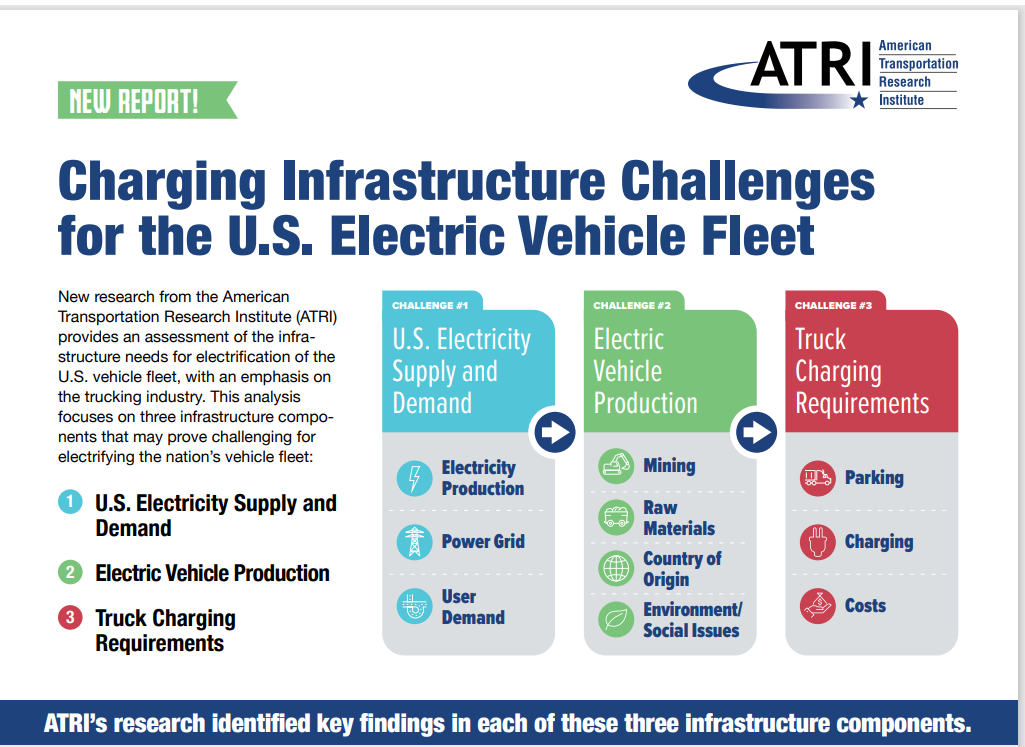Author: Charles
Quoting John Hich, editor of Fleet Maintenance magazine – “There’s a lot to like about the commercial vehicle industry switching to EVs, but some serious obstacles need to be addressed before scaling the technology.” This is especially true in Utah.
Because Utah is a crossroads for both North-South and East-West supply chain, Trucks account for nearly 20% of miles traveled in Utah. Utah is home to over 20,000 trucking companies, including many midsized to large carrier terminals. 2022 research estimates that converting all vehicles to electric would consume 62% of Utah’s existing electricity generation. However capacity may not be as big an issue as delivery. Current usage indicates that 2 Class 8 trucks at a terminal would require an “average of 1 megawatt, the equivalent to powering the Empire State Building for one day.” Will Rocky Mtn Power be able to deliver the electricity to the multiple 200 – 500 truck terminals? “The truck charging needs at a single rural rest area … would require enough daily electricity to power more than 5,000 U.S. households.
Equipment Manufacturers (OEMs) have made great strides in range – up to nearly 500 miles for Tesla, 275 for Volvo, 230 for Freightliner, and 150 for Kenworth; and charge times have been shortened – 30 minutes 70% for Tesla, 90 minutes 80% for Volvo and Freightliner, 3 hrs 100% for Kenworth Hours of service regulations for drivers are generally no more than 11 hours driving and no more than 14 hours total on-duty time per day. With the range and charge time, drivers will not be able to come near to current efficiency, requiring more drivers, and likely more vehicles, to haul the same freight. Electric trucks are heavier than diesel powered vehicles, so, in addition to the inefficiency issues due to range and charge time, Electric trucks will either have to haul less payload or weight restrictions raised. Raising weight restrictions would increase damage to existing roads and bridges designed for current weight regulations.


